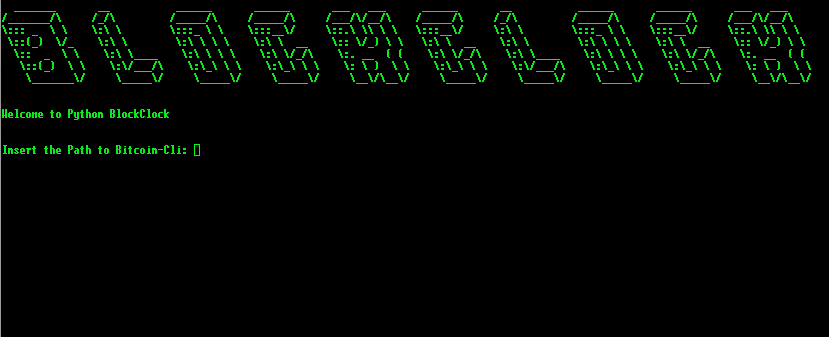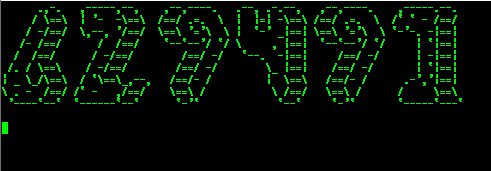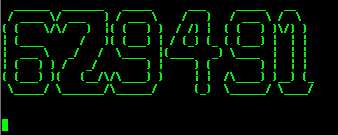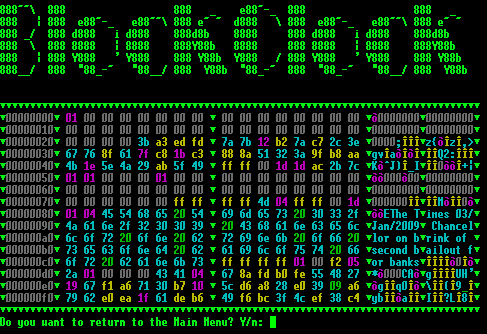Bitcoin Blockclock
A simple Python Block Clock to check the Blockcain information.
a@A:~> pip3 install -r requirements.txt
- Install the Hexyl
- python3 Python-BlockClock.py
WARNING! THIS IS NOT A SECURE METHOD OF CONNECTION. DO IT BY YOUR OWN RISK. THE BEST WAY IS DOING IT LOCALLY.
- First log in on A as user a and generate a pair of authentication keys. Do not enter a passphrase:
1. a@A:~> ssh-keygen -t rsa
Generating public/private rsa key pair.
Enter file in which to save the key (/home/a/.ssh/id_rsa):
Created directory '/home/a/.ssh'.
Enter passphrase (empty for no passphrase):
Enter same passphrase again:
Your identification has been saved in /home/a/.ssh/id_rsa.
Your public key has been saved in /home/a/.ssh/id_rsa.pub.
The key fingerprint is:
3e:4f:05:79:3a:9f:96:7c:3b:ad:e9:58:37:bc:37:e4 a@A
- Now use ssh to create a directory ~/.ssh as user b on B. (The directory may already exist, which is fine):
2. a@A:~> ssh b@B mkdir -p .ssh
b@B's password:
- Finally append a's new public key to b@B:.ssh/authorized_keys and enter b's password one last time:
3. a@A:~> cat .ssh/id_rsa.pub | ssh b@B 'cat >> .ssh/authorized_keys'
b@B's password:
- From now on you can log into B as b from A as a without password:
4. a@A:~> ssh b@B
After this process you can execute Python-Blockclock.py
It will appear a place you can put your Bitcoin-cli path
- "Path to your Bitcoin-cli: " #Add the path and shoot Enter.
@Curly60e @SamouraiDev



